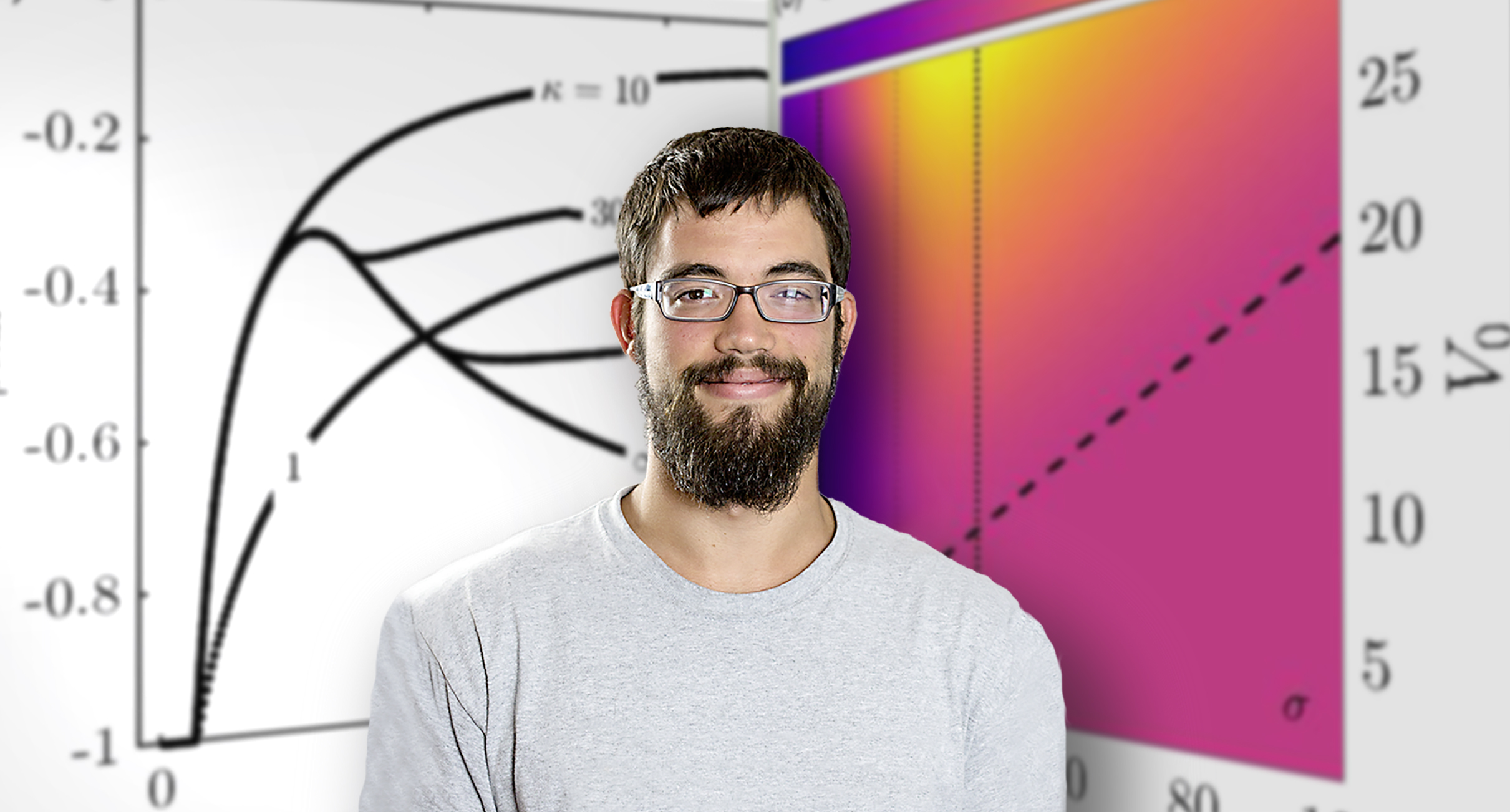A key challenge to capturing and controlling fusion energy on Earth is maintaining the stability of plasma — the electrically charged gas that fuels fusion reactions — and keeping it millions of degrees hot to launch and maintain fusion reactions. This challenge requires controlling magnetic islands, bubble-like structures that form in the plasma in doughnut-shaped tokamak fusion facilities. These islands can grow, cool the plasma and trigger disruptions — the sudden release of energy stored in the plasma — that can halt fusion reactions and seriously damage the fusion facilities that house them.
Improved island control
Research by scientists at Princeton University and at the U.S. Department of Energy’s (DOE) Princeton Plasma Physics Laboratory (PPPL) points toward improved control of the troublesome magnetic islands in ITER, the international tokamak under construction in France, and other future fusion facilities that cannot allow large disruptions. “This research could open the door to improved control schemes previously deemed unobtainable,” said Eduardo Rodriguez, a graduate student in the Princeton Program in Plasma Physics and first author of a paper in Physics of Plasmas that reports the findings.
The research follows up on previous work by Allan Reiman and Nat Fisch, which identified a new effect called “RF [radio frequency] current condensation” that can greatly facilitate the stabilization of magnetic islands. The new Physics of Plasmas paper shows how to make optimal use of the effect. Reiman is a Distinguished Research Fellow at PPPL and Fisch is a Princeton University professor and Director of the Princeton Program in Plasma Physics and Associate Director of Academic Affairs at PPPL.
Fusion reactions combine light elements in the form of plasma — the state of matter composed of free electrons and atomic nuclei — to generate massive amounts of energy in the sun and stars. Scientists throughout the world are seeking to reproduce the process on Earth for a virtually inexhaustible supply of safe and clean power to generate electricity for all humanity.
The new paper, based on a simplified analytical model, focuses on use of RF waves to heat the islands and drive electric current that causes them to shrink and disappear. When the temperature gets sufficiently high, complicated interactions can occur that lead to the RF current condensation effect, which concentrates the current in the center of the island and can greatly enhance the stabilization. But as the temperature increases, and the gradient of the temperature between the colder edge and the hot interior of the island grows larger, the gradient can drive instabilities that make it more difficult to increase the temperature further.
Point-counterpoint
This point-counterpoint is an important indicator of whether the RF waves will accomplish their stabilizing goal. “We analyze the interaction between the current condensation and the increased turbulence from the gradient the heating creates to determine whether the system is stabilized or not,” Rodriguez says. “We want the islands not to grow.” The new paper shows how to control the power and aiming of the waves to make optimal use of the RF current condensation effect, taking account of the instabilities. Focusing on this can lead to improved stabilization of fusion reactors,” Rodriguez said.
The researchers now plan to introduce new aspects into the model to develop a more detailed investigation. Such steps include work being done towards including the condensation effect in computer codes to model the behavior of launched RF waves and their true effect. The technique would ultimately be used in designing optimal island stabilization schemes.
The Program in Plasma Physics is a graduate program at Princeton University, academically located within the Department of Astrophysical Sciences. Support for this work comes from the DOE Office of Science through PPPL and the Department of Astrophysical Sciences.
PPPL, on Princeton University’s Forrestal Campus in Plainsboro, N.J., is devoted to creating new knowledge about the physics of plasmas — ultra-hot, charged gases — and to developing practical solutions for the creation of fusion energy. The Laboratory is managed by the University for the U.S. Department of Energy’s Office of Science, which is the single largest supporter of basic research in the physical sciences in the United States and is working to address some of the most pressing challenges of our time. For more information, visit energy.gov/science.
Original post https://alertarticles.info
